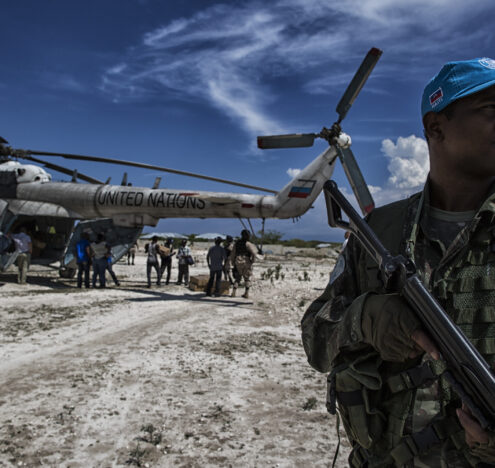What is that?
The radio crackled to life with unsettling reports of something in the water not far from Seattle. There was an object bobbing. Round. Man-made. If it was what the sailors thought it was it could pose a threat to all passing ships.
There had not been a major military conflict in the Pacific since the end of World War II. It was late August of 2018. There was only one question on the sailor’s minds: how did it get there? How did a naval mine get there?
—
There are lots of mistakes in war. Unexploded ordnance is one of them. A weapon that malfunctions it waits for a new trigger on the ground or in the sea.
The volume of unexploded ordnance worldwide is hard to comprehend. In Laos alone, some 80 million malfunctioned bombs remain. Deployed by the US during the Vietnam War, their impact today is tragic.
Bombs are found nesting beneath topsoil near villages, school grounds, and other populated areas. There are 300 casualties annually. Children account for 40% of them.
—
The life of a mine is simple. You’re assembled. Placed. You sit and wait. You are — for all intents and purposes — quite lonely. The first contact you make is your last, a singular firework of violence.
Bombs are found nesting beneath topsoil near villages, school grounds, and other populated areas. There are 300 casualties annually. Children account for 40% of them.
Contact naval mines are particularly terrible things. Horns containing glass vials crown one popular model. When a passing ship bumps the crown, the glass inside breaks, streaming acid to the battery. There’s a detonation soon after. The blast takes down the ship. The mine has done its job.
A relic of WWII, you can still find contact mines hidden in the depths of the Baltic Sea. They sit alongside an estimated 50 million pieces of unexploded ordnance dumped after the war. Small explosives, hand grenades, giant aerial bombs — you’ll find them all here. Short of being caught in a trawl by fisherman, they rarely make international news. They are just there. Rusting away. A showroom of weapons unceremoniously discarded on the seafloor.
—
One mine began its journey in the summer of 2005.
The Navy hosted an event to test underwater drones. While the public eye focused on drones overhead in faraway battlefields, efforts to develop sea-based drones accelerated. This was a big day. Academics, industry, and the military watched together. Scores of new drones took to the water. They swam in the largest undersea expo of its time — a school of unblinking fish navigating the depths of Port Orchard near Seattle.
The Navy placed four mines for the exercise. All duds — totally inert. They looked the part of a mine, but posed no threat. Deployed, they anchored six feet off the bottom. The day’s aquatic obstacle course was set. Three mines were recovered after the exercise wrapped. For some reason the fourth mine was left behind. It remained there in the water tethered to the seafloor.
On August 28 at 2:00 PM — 13 years later — the mine re-appeared. When it did, no one had a good idea where it had come from — or if it was armed.
The Coast Guard and Navy responded to the scene and set up a 1,500-yard safety perimeter. Two Navy divers from the Bangor-based Explosive Ordnance Disposal team treated the mine with due care, as if it were live. The safest way to eliminate the potential threat was to detonate it. The divers attached a tow-line and moved the mine away from shore. At 8:04 PM an explosion rang out near Agate Pass Bridge. There was no secondary blast. The mine was inert — no one was harmed.
Local media followed the story. Even national media got in on the act. Its oddity resounded. A mine! Near Seattle! An explosion! The dust eventually settled, and the event soon became yesterday’s news. A funny, strange, and harmless moment recounted over drinks and dinner. Normal life went on.
—
Treaties end conflicts but they don’t end unexploded ordinance. No matter how sophisticated their R&D, a deployed weapon is a dumb instrument. One that, if built well, will carry out its charge for decades.
Far from Seattle, in Laos the work to disarm unexploded ordnance continues. And unlike the recent single incident in the US, there are millions of objects to disarm. And they are not inert. Asked how long efforts to make Laos safe would take, an expert from the Mines Advisory Group said “decades.”
Grim reminders of war sit draped in topsoil. Silent and out of the headlines. Waiting to be found again.





















